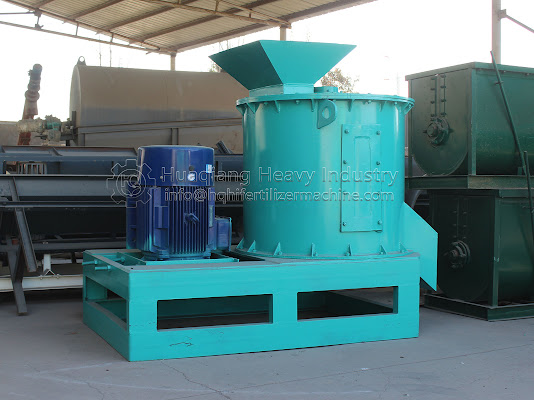How to choose the right fertilizer machine for a specific orchard
Choosing the right fertilizer machine for a specific orchard requires a comprehensive assessment of the orchard size, crop type, fertilizer form, and management needs. The core principle is matching the fertilization scenario with the equipment's functionality. Specifically, this can be approached from the following aspects:
1. Determine equipment capacity based on orchard size: For small orchards (<50 acres), prioritize lightweight and flexible small equipment suitable for single-person operation, ideal for spot application and topdressing. For medium-sized orchards (50-200 acres), self-propelled multi-functional fertilizer applicators are recommended to reduce labor intensity. Large orchards (>200 mu) require intelligent equipment, such as towed precision fertilizer applicators (combined with GPS positioning for variable-rate fertilization).
3. Select equipment based on fertilizer form:
Solid fertilizers (granular fertilizers, organic fertilizers): For granular fertilizers, centrifugal spreaders are suitable (they use a rotating disc to throw the fertilizer out, providing wide coverage); for organic fertilizers (containing coarse fiber), fertilizer applicators with pulverizing functions are needed (to prevent clumping and clogging, such as screw conveyor trenching fertilizer applicators).
Liquid fertilizers (water-soluble fertilizers, foliar fertilizers): For liquid fertilizers, plunger pump fertilizer applicators are used (stable pressure, adjustable flow); for foliar fertilizers, air-assisted sprayers are selected (long range, suitable for tall fruit trees, such as lychee and mango).
4. Consider terrain and automation requirements:
◦ Mountain/sloping orchards: Tracked fertilizer applicators are preferred (climbing ability ≥25°, anti-slip and anti-sinking), or portable backpack equipment (weight <10kg, convenient for manual transport).
◦ For flat/standardized orchards: Tractor-drawn fertilizer applicators (high efficiency) can be installed, or intelligent control systems can be introduced (such as automatically adjusting fertilizer application based on soil testing data to reduce waste).
In addition, the maintenance costs of the fertilizer produciton lines (such as whether wear parts are interchangeable) and the power source (electric/fuel, depending on local energy supply) must be considered.




Comments
Post a Comment